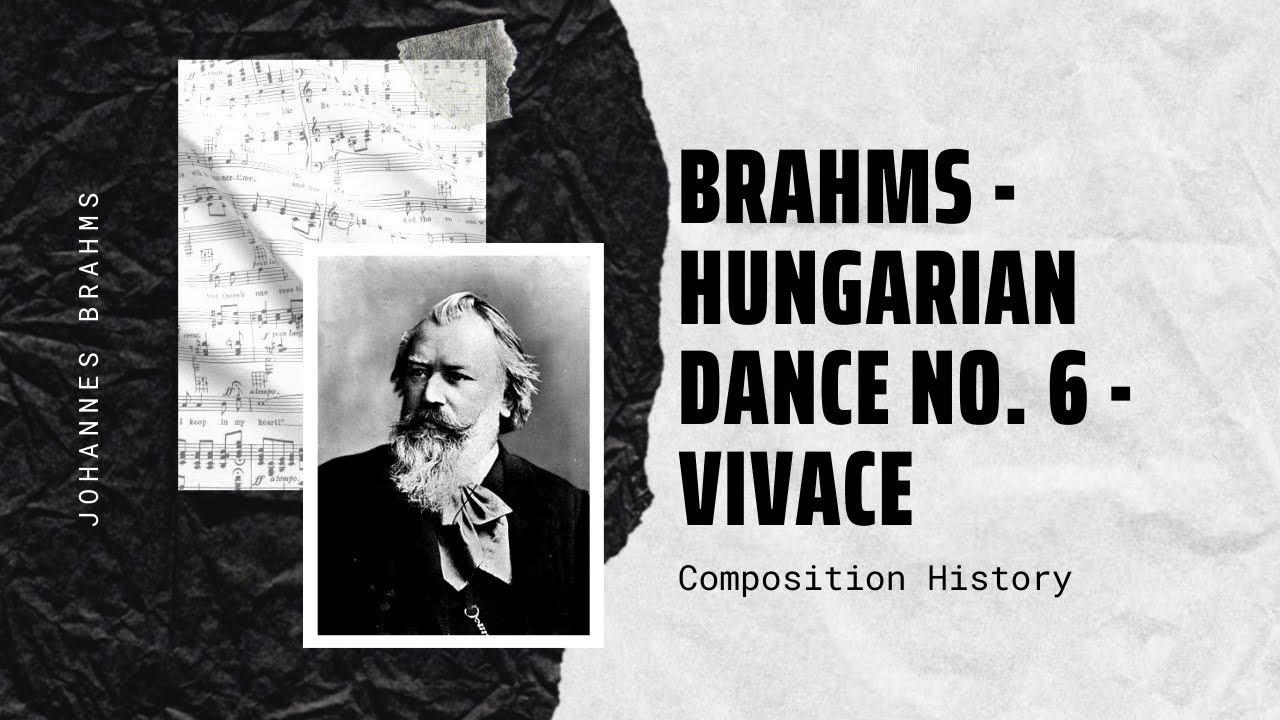
Weber – Euryanthe, Op. 81
Carl Maria von Weber – Euryanthe, Op. 81 Euryanthe is a German “grand, heroic, romantic” opera by Carl Maria von Weber, first performed at the Theater[…]

Verdi – The Force of Destiny (Overture)
Giuseppe Verdi – The Force of Destiny (Overture) La forza del destino (Italian pronunciation: [la ˈfɔrtsa del deˈstiːno]; The Power of Fate, often translated The Force[…]

Ravel – Le tombeau de Couperin
Maurice Ravel – Le tombeau de Couperin Le Tombeau de Couperin is a suite for solo piano by Maurice Ravel, composed between 1914 and 1917. The[…]

Rachmaninoff – Piano Sonata No. 2, Op 36
Sergei Rachmaninoff – Piano Sonata No. 2, Op 36 Piano Sonata No. 2, Op. 36, is a piano sonata in B-flat minor composed by Sergei Rachmaninoff[…]

Chopin – Nocturnes, Op. 37
Frédéric Chopin – Nocturnes, Op. 37 The Nocturnes, Op. 37 are a set of two nocturnes written and published by Frédéric Chopin in 1840, though it[…]

Vivaldi – Concerto della Madonna dei fiori, RV606
Antonio Vivaldi – Concerto della Madonna dei fiori, RV606 – Laudate Dominum Antonio Lucio Vivaldi (4 March 1678 – 28 July 1741) was an Italian[…]

Haydn – Symphony No. 13 in D major
Franz Joseph Haydn (31 March 1732 – 31 May 1809) was an Austrian composer of the Classical period. He was instrumental in the development of[…]

Delibes – Sylvia, Ballet Music
Clément Philibert Léo Delibes (21 February 1836 – 16 January 1891) was a French composer of the Romantic era (1815–1910), who specialised in ballets, operas,[…]

Dvorak – Serenade for Wind Instruments, Op. 44
Antonín Leopold Dvořák (8 September 1841 – 1 May 1904) was a Czech composer, one of the first to achieve worldwide recognition. Following the Romantic-era[…]

Brahms – Hungarian Dance No. 6 – Vivace in D flat major
Johannes Brahms – Hungarian Dance No. 6 – Vivace in D flat major The Hungarian Dances (German: Ungarische Tänze) by Johannes Brahms (WoO 1), are a[…]